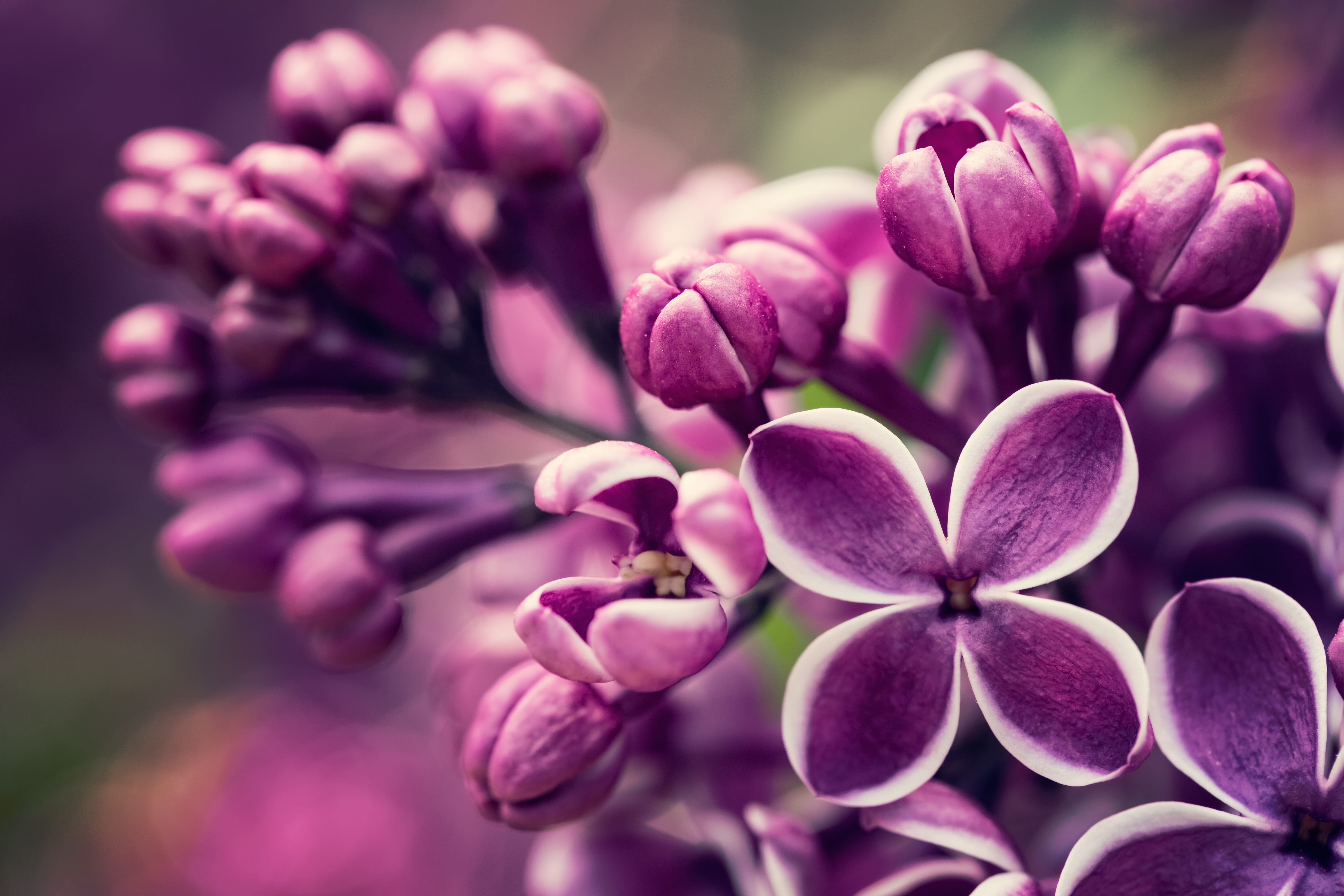ANR May 2024 Newsletter
ANR May 2024 Newsletter
May 2024 Edition
Agriculture & Natural ResourcesDownload (PDF)
Share this Newsletter
Additional Newsletters
Preview This Newsletter
 |
AGRICULTURE & NATURAL RESOURCES
|
Inside this Issue: |
|
What to do in May & June |
These are a few suggestions that may help you and your plants during this time period. I will divide the suggestion into groups, so you can refer back to them.
|
Soil Compaction is Hard on a Garden |
Gardening season is in full force. It is a good time to think about the soil in your garden plots and beds. Soil compaction creates an unfriendly growing environment for plants and is a serious problem for many home gardeners. But do not worry, it is relatively easy to prevent. |
Easter Tent Caterpillars Are Active |
The eastern tent caterpillar, Malacosoma americanum, is a pest native to North America. Populations fluctuate from year to year, with outbreaks occurring every several years. Defoliation of trees, building of unsightly silken nests in trees, and wandering caterpillars crawling over plants, walkaways, and roads cause this insect to be a pest in the late spring and early summer. |
Prevent Disease in your Roses |
Spectacular blooms and diverse types and varieties make roses a favorite of many Kentucky gardeners. However, warm, humid growing conditions create an ideal environment for serous problems each year with black spot and powdery mildew. Gardeners can nip these fungal diseases in the bud by planting resistant or tolerant varieties ans creating an unfavorable environment for disease development. |
Farm and Home Safety Tips for Stormy Weather |
It's that time of year when we get more thunderstorms. Weather patterns are more active, and storms thrive with the moisture and rapidly rising warm air that is very common during the transition to warmer seasons. |
Protect Your Home from Termites |
Springtime brings warmer temperatures and more abundant rainfall, and it is typically when many winged termites emerge inside homes and other structures. Termites swarm from their colony to disburse, fall to the ground, find mates, and start new colonies in the soil. |
Lawn Mower Safety Reminders |
The grass is turning green. Soon it will be time to start mowing if you have not already started. As you rev up your mower's engine for the first time this spring, here are some reminders to keep you and your family safe. |
Early Season Vegetable Insect Management |
Early in the season it is important to get the seedlings and vegetable transplants off to a good start. There are a few early season insects that need to be managed to ensure healthy stands. |
Pesticide Safety In and Around Your Home |
Our homes are our private sanctuaries, where we can escape and unwind. We want to protect and preserve our homes and our privacy at all costs. When insect pests begin to appear in and around our home, they can breach or invade that privacy. |
10 Backyard Chicken Basics |
Having a small chicken flock in the backyard is very popular these days. To have a successful flock producing eggs for your family, you'll want to learn the basics. |
Carpenter Bees |
During the spring we notice large, black bees that hover around the outside of our home. These are likely to be carpenter bees. They prefer unpainted, weathered soft wood such as redwood, cedar, cypress and pine. Their common nesting sites include eaves, rafter, fascia boards, sidings, wooden shake roofs, decks and outdoor furniture. |
Tick Season is Here |
We now have four species of ticks to worry about, the American Dog Tick, which carries Rocky Mountain Spotted Fever. These ticks are active from April to August. The Lone Star tick, which carries the Southern Tick Associated Rash Illness. These ticks are active from March through October. The Blacklegged Tick. They are active from October to March. These ticks are a vector for Lyme disease. |

